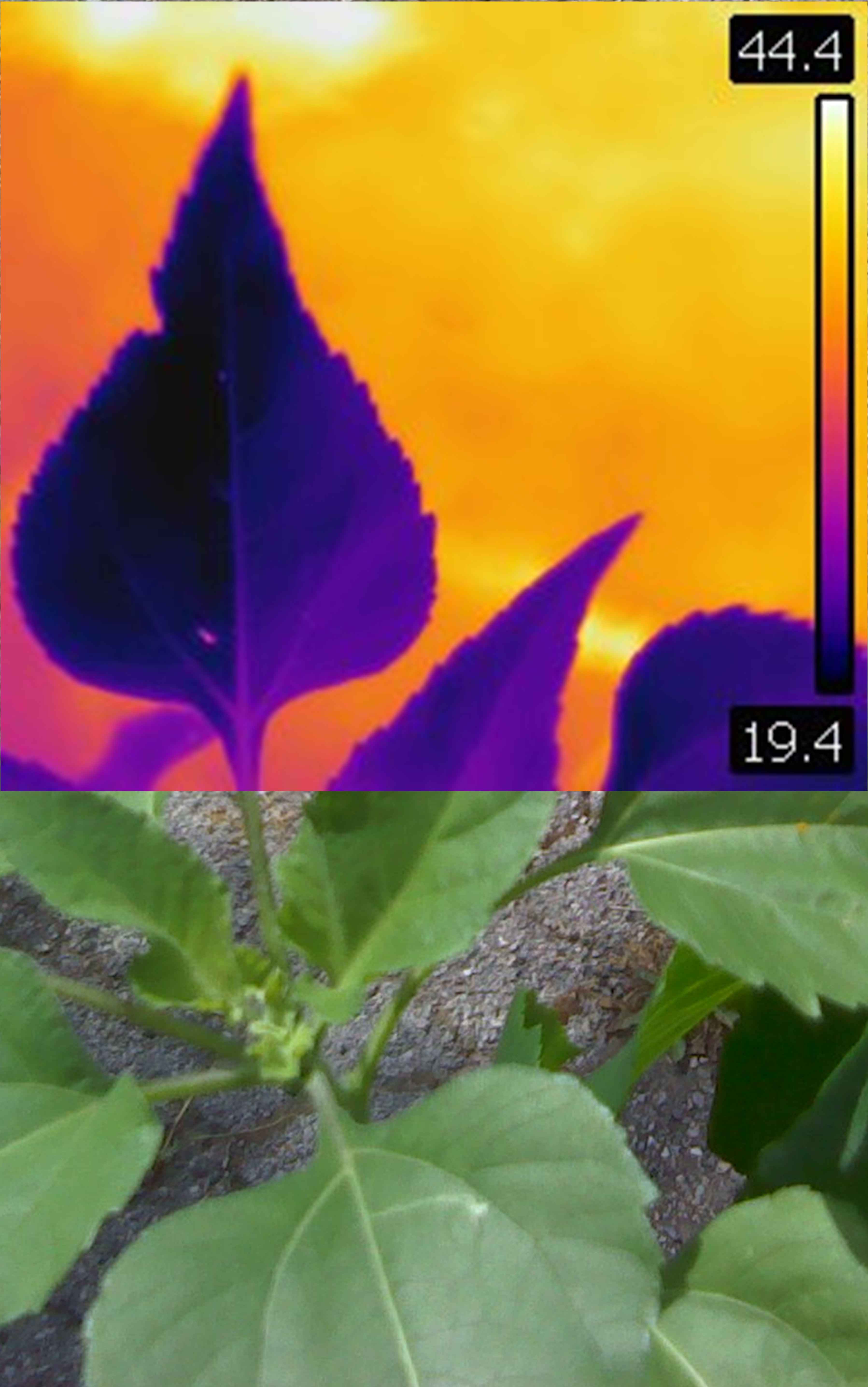Record high temperatures have contributed to significant agricultural losses recently and continue to threaten vegetation systems worldwide. A crucial mitigating factor in these systems is the ability of leaves to open their surface pores (stomata) for cooling via transpiration. The benefits are two-fold: it helps plants avoid lethal temperatures and cools the air above vegetation, effectively buffering against heatwaves. However, efforts to predictively model these effects or breed or engineer crops to enhance these qualities have been hampered by an incomplete understanding of the underlying mechanism.
As part of the HFSP research Grant team, led by Peter Franks and Julian Schroeder, the PhD student Nattiwong Pankasem developed a new methodology enabling a detailed genetic picture of the mechanism that mediates leaf cooling. The findings, published in the journal New Phytologist, identify two molecular signaling pathways that plants use to handle rising temperatures. Surprisingly, one of these involves genes in a primary plant carbon dioxide (CO2) sensor recently discovered by the UC San Diego team.

Interestingly, Pankasem further found that a second leaf cooling pathway kicks in under more extreme temperatures to override the plant's natural urge to conserve water and instead open stomata further. The secondary response, accompanied by a heat-induced drop in photosynthesis, might appear counterintuitive because it increases the use of precious water resources while the accompanying benefit from photosynthesis diminishes. Normally, these two processes are coupled, consistent with water use optimization. Still, plants appear to have evolved a safety mechanism to uncouple water loss and photosynthesis as an extreme measure to avoid overheating.
The HFSP project team is now working to integrate this knowledge into large-scale modeling of climate and carbon fluxes.


































